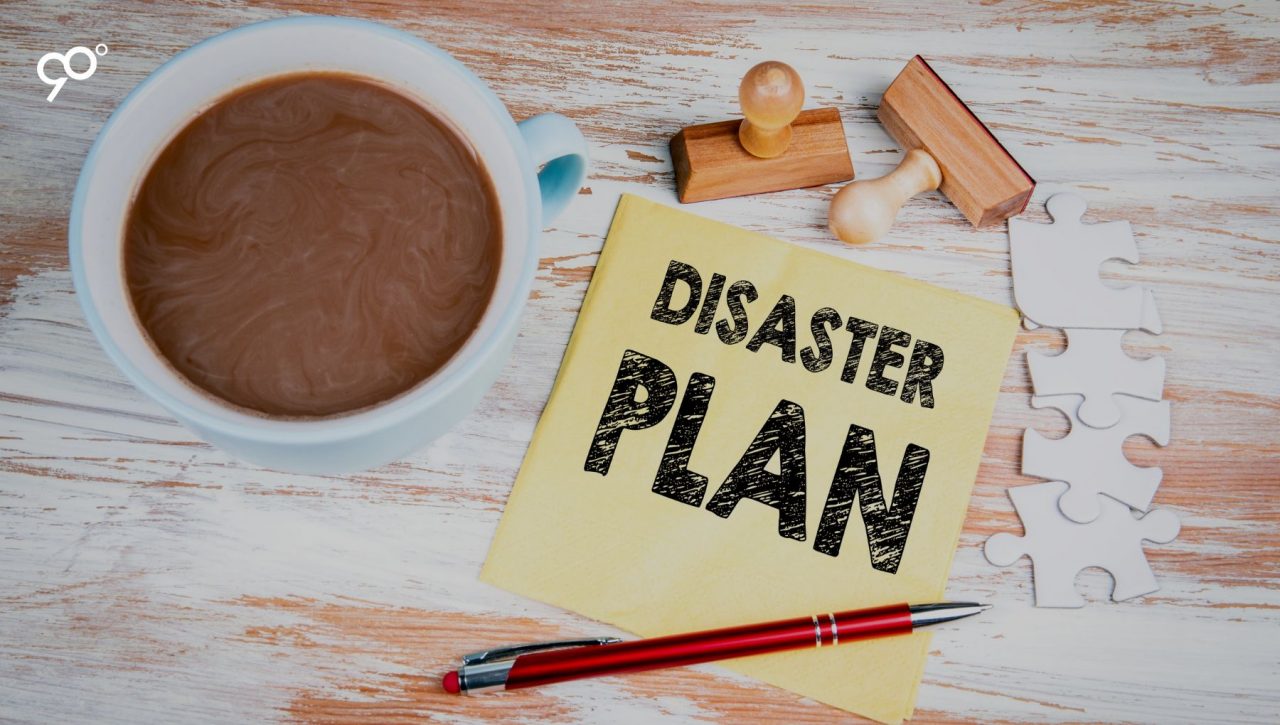
In the age of social media and real-time news, a public relations (PR) disaster can hit a brand like a tidal wave—swift, powerful, and potentially devastating. Whether it’s an ill-considered social post, a product failure, or a scandal involving leadership, how a brand responds can mean the difference between recovery and reputational ruin.
But all is not lost. Many brands have bounced back from PR crises stronger than before. The key lies in a thoughtful, strategic, and transparent approach. Here are five effective ways brands can recover from PR disasters:
Own the Mistake Quickly and Transparently
When a crisis hits, the worst thing a brand can do is stay silent or go on the defensive. A prompt acknowledgment of the issue, along with a sincere apology, shows that the brand is taking responsibility.
Why it works: Transparency builds trust. Consumers are often willing to forgive a mistake—what they won’t forgive is denial, blame-shifting, or cover-ups.
Pro Tip: Avoid generic or templated apologies. Acknowledge specifics, express regret, and outline what steps are being taken to address the issue.
Communicate Consistently Across All Channels
Once a message is crafted, it needs to be delivered consistently across all communication platforms—social media, press releases, interviews, and internal channels. Mixed messages can create confusion and further erode trust.
Why it works: Clear, consistent communication helps control the narrative and reassures stakeholders that the brand is aligned internally and externally.
Pro Tip: Train spokespersons and align all departments with the crisis communication strategy.
Take Meaningful Action
Apologies are important, but actions are what truly speak volumes. Whether it’s firing an executive, pulling a controversial ad, or donating to a relevant cause, actions show the brand is serious about making things right.
Why it works: Demonstrating tangible change reinforces the sincerity of your apology and shows a commitment to improvement.
Pro Tip: Follow through. If you promise change, ensure it’s implemented. Communicate updates regularly.
Engage with Your Audience, Not Just the Media
In a PR disaster, the public often wants a direct line to the brand. This is where social media can be a double-edged sword—but also a powerful recovery tool. Monitor reactions, respond respectfully, and address concerns in real time.
Why it works: Engaging directly shows empathy and accountability. It humanizes the brand and helps rebuild trust.
Pro Tip: Empower your social media team to respond quickly, empathetically, and knowledgeably.
Rebuild Reputation with Long-Term Strategy
Recovery doesn’t end with an apology. Brands must work to rebuild reputation over time through consistent messaging, customer engagement, quality service, and value-driven actions.
Why it works: Trust is earned, not restored overnight. Long-term effort signals that the brand has truly learned and evolved from the crisis.
Pro Tip: Incorporate lessons learned into future campaigns, operations, and training programs to prevent repeat incidents.
PR disasters can feel like the end—but they can also be a turning point. The brands that emerge stronger are those that take accountability, communicate honestly, and commit to real change. In today’s world, reputation isn’t about being perfect—it’s about being honest, human, and resilient.
Follow Ninety Degrees PR Solutions on LinkedIn for more public relations and communication related articles.

